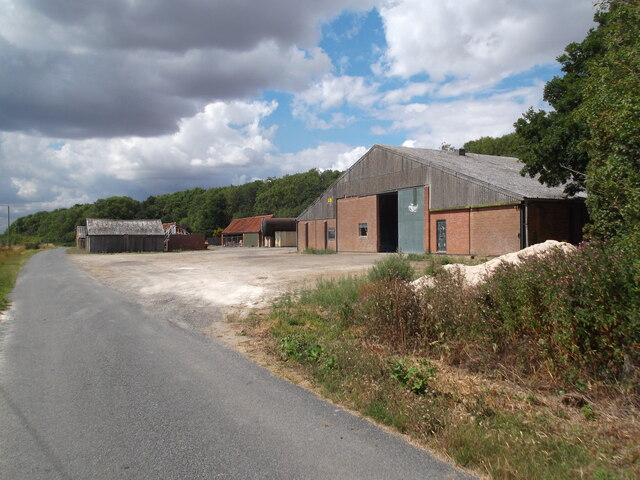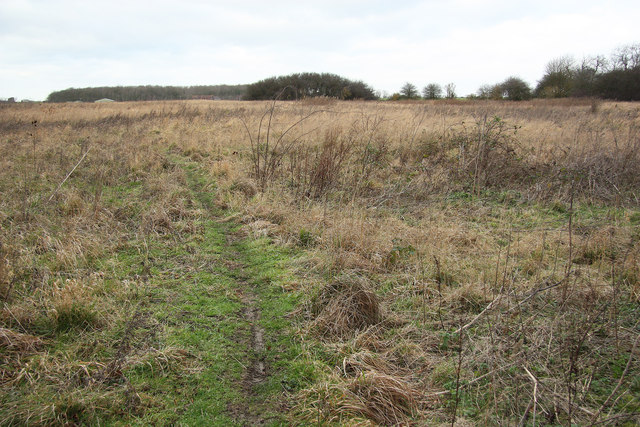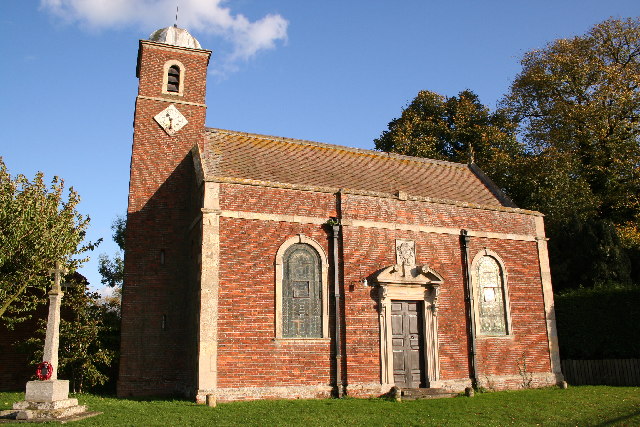Apley
Settlement in Lincolnshire West Lindsey
England
Apley

Apley is a small village located in the East Midlands region of England, specifically in the county of Lincolnshire. Nestled amidst picturesque countryside, Apley is situated approximately 7 miles north-west of the historic town of Boston.
With a population of just over 200 residents, Apley boasts a close-knit community that embraces its rural charm. The village is characterized by its idyllic surrounding landscape, which comprises rolling hills, lush green fields, and meandering streams. This picturesque setting provides ample opportunities for outdoor activities such as walking, cycling, and fishing, attracting nature enthusiasts and adventurers alike.
Apley is also home to a number of quaint cottages and traditional farmhouses, showcasing the region's architectural heritage. The village features a small parish church, St. Andrew's, which dates back to the 14th century and serves as a focal point for the community.
Despite its small size, Apley benefits from its proximity to nearby amenities and services. The neighboring town of Boston offers a range of shops, supermarkets, schools, and healthcare facilities, ensuring residents have access to essential resources.
Overall, Apley presents an ideal location for those seeking a peaceful and rural lifestyle. With its charming scenery, tight-knit community, and convenient access to nearby amenities, Apley truly embodies the quintessential English village experience.
If you have any feedback on the listing, please let us know in the comments section below.
Apley Images
Images are sourced within 2km of 53.261725/-0.337013 or Grid Reference TF1175. Thanks to Geograph Open Source API. All images are credited.








Apley is located at Grid Ref: TF1175 (Lat: 53.261725, Lng: -0.337013)
Division: Parts of Lindsey
Administrative County: Lincolnshire
District: West Lindsey
Police Authority: Lincolnshire
What 3 Words
///waggled.wedding.forkful. Near Wragby, Lincolnshire
Nearby Locations
Related Wikis
Apley
Apley is a hamlet and civil parish in the West Lindsey district of Lincolnshire, England. It is situated 1 mile (1.6 km) west from the hamlet of Kingthorpe...
Bullington Priory
Bullington Priory was a priory in Bullington, Lincolnshire, England. The priory was a house of the Gilbertine Order and dedicated to Saint Mary. It was...
Kingthorpe
Kingthorpe is a hamlet in the West Lindsey district of Lincolnshire, England. The hamlet is in the civil parish of Apley, and is 10 miles (16 km) east...
Stainfield Priory
Stainfield Priory was a Benedictine nunnery at Stainfield in the North of Lincolnshire, England, between Wragby and Fiskerton. The priory of St Mary at...
Stainfield
Stainfield is a village and civil parish about 10 miles (16 km) east of the city of Lincoln, in the West Lindsey district of Lincolnshire, England. The...
Goltho
Goltho is a hamlet in the West Lindsey district of Lincolnshire, England. The population (including Bullington) was 157 at the 2011 census. It is situated...
Kingthorpe railway station
Kingthorpe railway station was a railway station that served the village of Kingthorpe, Lincolnshire, England between 1874 and 1956, on the Louth to Bardney...
St George's Church, Goltho
St George's Church is a redundant Anglican church in the deserted village of Goltho, Lincolnshire, England. It is recorded in the National Heritage List...
Related Videos
Viking Way walk / hike on New Year’s Eve
Ending 2020, the same way I'll start 2021....fit and healthy, now I've reached 50 years young.
Wragby and Goltho, Lincolnshire, UK
This walk started in Wragby Market Place and headed towards the old windmill.Then the site of a medieval manor and an old ...
Barlings Abbey By Drone ( DJI Mini 2)
Amazing Drone Footage Of what's Left Of This Abbey.
Barlings Abbey - A Short Video of the Premonstratensian Monastery
Barlings Abbey, Lincolnshire, was a Premonstratensian monastery in England, founded in 1154, as a daughter house of the ...
Nearby Amenities
Located within 500m of 53.261725,-0.337013Have you been to Apley?
Leave your review of Apley below (or comments, questions and feedback).



















